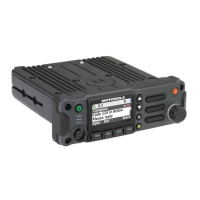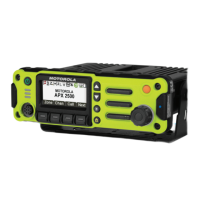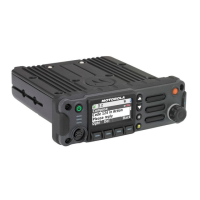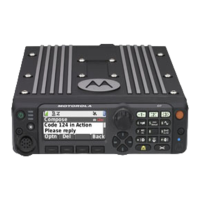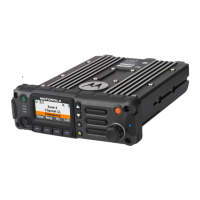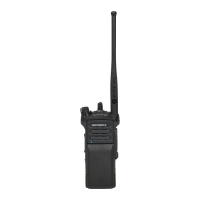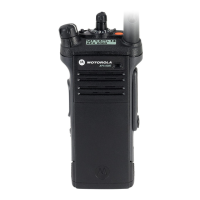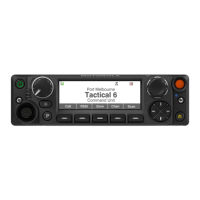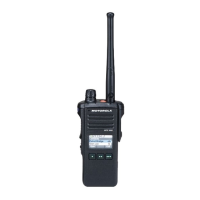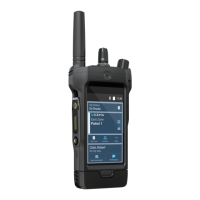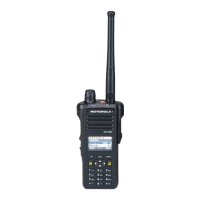Chapter 2 Basic Maintenance
This chapter describes the preventive maintenance and handling precautions. Each of these topics
provides information vital to the successful operation and maintenance of the radio.
2.1 General Maintenance
In order to avoid operating outside the limits set by the FCC, align the ASTRO APX 2000/ APX 4000
(Two Knobs) radio’s reference oscillator every time the radio is taken apart, or once per year,
whichever comes first. (See Section 6.5.1). Periodic visual inspection and cleaning is also
recommended.
2.1.1 Inspection
Check that the external surfaces of the radio are clean and that all external controls and switches are
functional. A detailed inspection of the interior electronic circuitry is not needed.
2.1.2 Cleaning
The following procedures describe the recommended cleaning agents and the methods to be used
when cleaning the external surfaces of the radio. External surfaces include the housing assembly
and battery case. These surfaces should be cleaned whenever a periodic visual inspection reveals
the presence of smudges, grease, and/or grime.
The only recommended agent for cleaning the external radio surfaces is a 0.5% solution of a mild
dishwashing detergent in water.
The detergent-water solution should be applied sparingly with a stiff, non-metallic, short-bristled
brush to work all loose dirt away from the radio. A soft, absorbent, lintless cloth or tissue should be
used to remove the solution and dry the radio. Make sure that no water remains entrapped near the
connectors, cracks, or crevices.
2.2 Safe Handling of CMOS and LDMOS Devices
Complementary metal-oxide semiconductor (CMOS) and Laterally Diffused Metal Oxide
Semiconductor (LDMOS) devices, and other high-technology devices, are used in this family of
radios. While the attributes of these devices are many, their characteristics make them susceptible to
damage by electrostatic discharge (ESD) or high-voltage charges. Damage can be latent, resulting
in failures occurring weeks or months later. Therefore, special precautions must be taken to prevent
device damage during disassembly, troubleshooting, and repair. Handling precautions are
mandatory for this radio, and are especially important in low-humidity conditions.
Use all chemicals as prescribed by the manufacturer. Be sure to follow all
safety precautions as defined on the label or material safety data sheet.
The effects of certain chemicals and their vapors can have harmful results
on certain plastics. Aerosol sprays, tuner cleaners, and other chemicals
should be avoided.
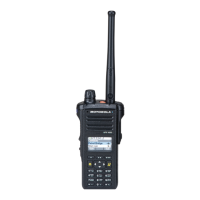
